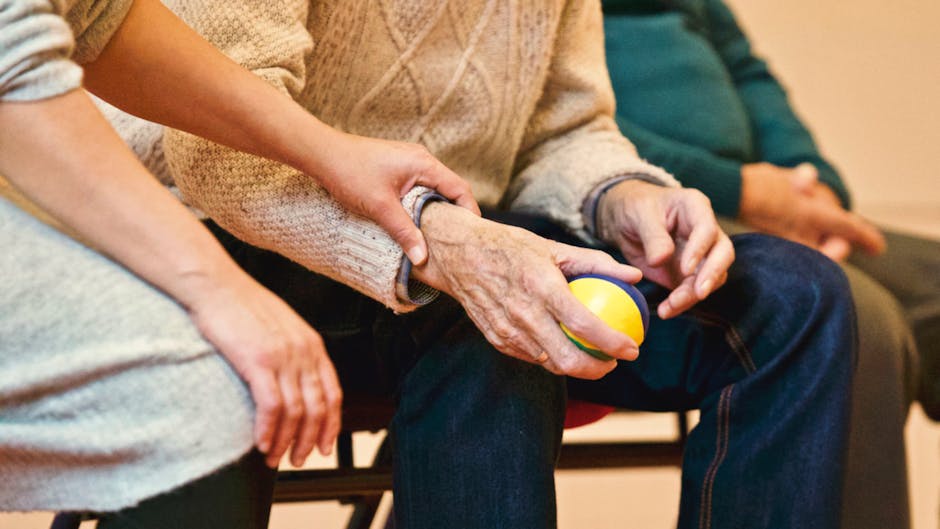What is it?
There are many forms of arthritis that can lead to the classic presentation of achy, swollen joints, however the form we tend to see the most of is Osteoarthritis or OA. OA is also know as the "wear and tear" type of arthritis. What this means is that over time the slippery cartilage that meet on each side of your joints and keep them gliding across one another painlessly has been damaged from an injury or worn out over time. Either way, what is left is a surface that is no longer smooth, and articulating bones that may now be exposed to one another. What results is pain and inflammation.Who is affected?
Due to the nature of OA, the population that is most commonly affected are those over the age of 65. This is simply due to the fact that this group of people have had more time for their joints to wear against one another throughout their lives. That being said, OA can affect people of any age and is seen more so in people who have previously injured the affected joint, obese individuals (from increased stress of additional weight on certain joints) and those who have overused a specific joint (think baseball pitchers or sprinters).
What joints are affected?
Typically OA is a one sided condition where the pain and damage to the joints affects only one joint on one side of the body. This is not always true, multiple joints can be affected, however the distribution is usually not symmetrical. Symmetry in diseased joints may be indicative of other forms of arthritis, Rheumatoid arthritis being the most common of these. The joints that are usually involved in OA include the hips, knees, fingers, feet and spine.
What are the symptoms?
Pain and stiffness are the most commonly reported symptoms of OA. Particularly morning stiffness that improves with motion throughout the day is very common. Swelling, heat and redness around affected joints is also fairly common especially after prolonged use of the joint. Other symptoms include a grating sensation with audible crackling or popping sounds (referred to medically as "Crepitus"), bony growths at affected finger joints, and even difficulty grasping or holding objects due to weakness or pain.
How can you help yourself?
Fortunately there are things you can do at home to help relieve some of the pain. Before any home treatments are initiated however, I do recommend confirming the diagnosis with your doctor and working together to treat the pain and prevent further erosion. That being said, here are my top 3 tips for helping resolve arthritic pain at home:
- Reduce weight - If arthritis is affecting your hips, knees or feet and you are carrying around a few extra pounds, no other intervention will make as immediate an impact as a moderate reduction in weight. If done safely and slowly, it can take that extra stress off your joints, reducing pain and increasing your ability to begin and maintain a steady exercise routine. For more tips on weight loss read my 7 Tips For Successful Weight Loss.
- Warm water pool exercises - Whether you're only able to walk or you can swim full lengths, nothing beats warm water pools as an effective pain relief method when it comes to arthritis. The buoyancy takes the weight and stress off your joints while the heat soothes and calms them. This, combined with gentle exercise to strengthen the surrounding muscles will have you feeling pain free and more mobile in no time!
- Castor Oil - When applied topically to the affected joint, castor oil is an excellent anti-inflammatory intervention. It is absorbed into the skin and provides pain relief that is comparable to NSAIDs [1] (the standard drug prescribed) without any of the harmful side effects.
How can your naturopath help you?
In addition to these at home pain relief techniques, Naturopathic Doctors can use various modalities to suite your specific needs in accomplishing your pain management goals. Modalities such as acupuncture, hydrotherapy, nutraceuticals, botanical medicines and the ever emerging prolotherapy and PrP techniques can all offer additional and complimentary benefits to the treatments you may already be undergoing. Remember not to try to tackle any condition without the help of a registered professional, instead, work with them in coming up with a treatment that works best for you!
Naturopathic Graduate
www.msknaturopathic.com

